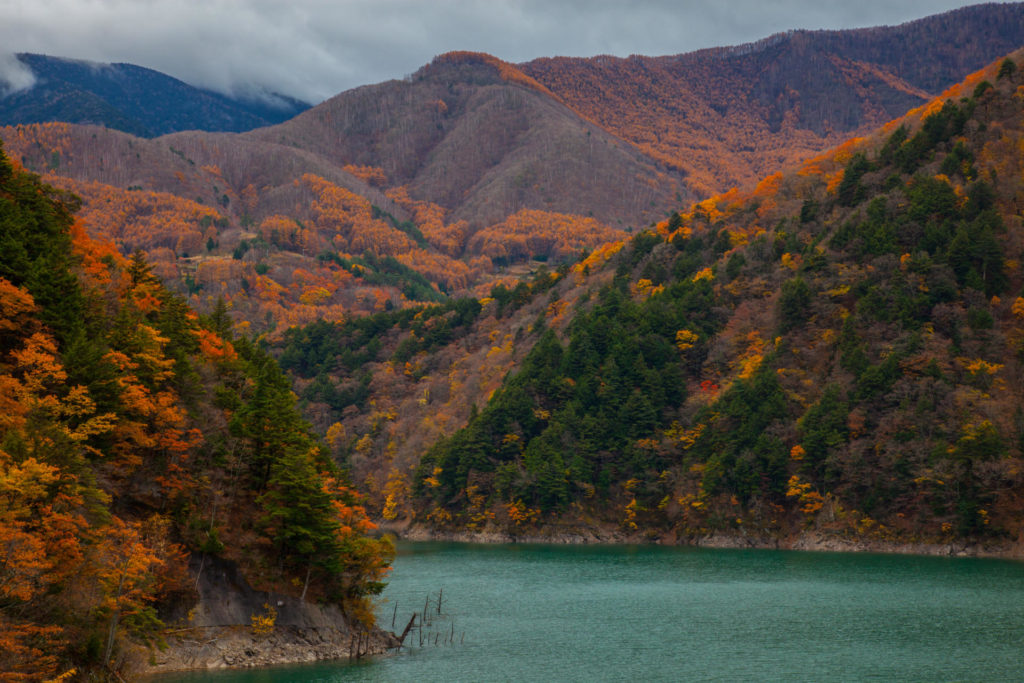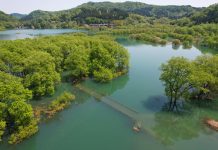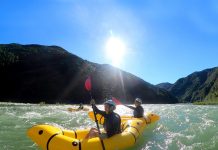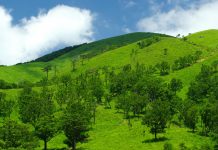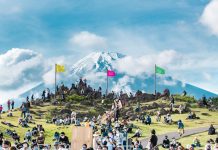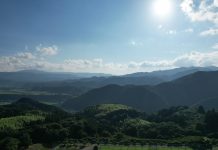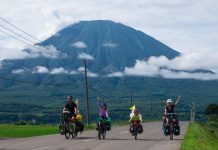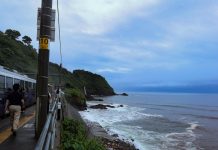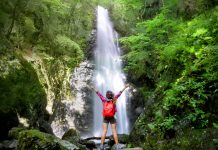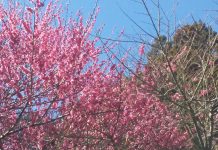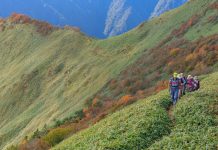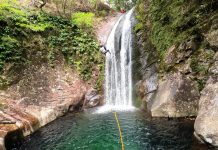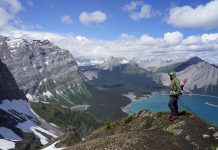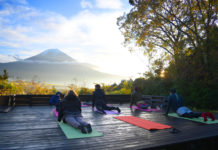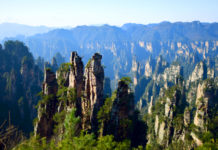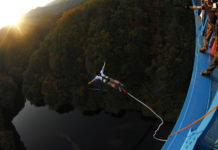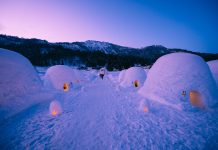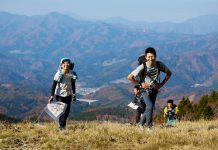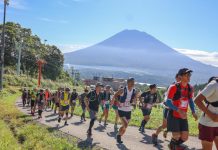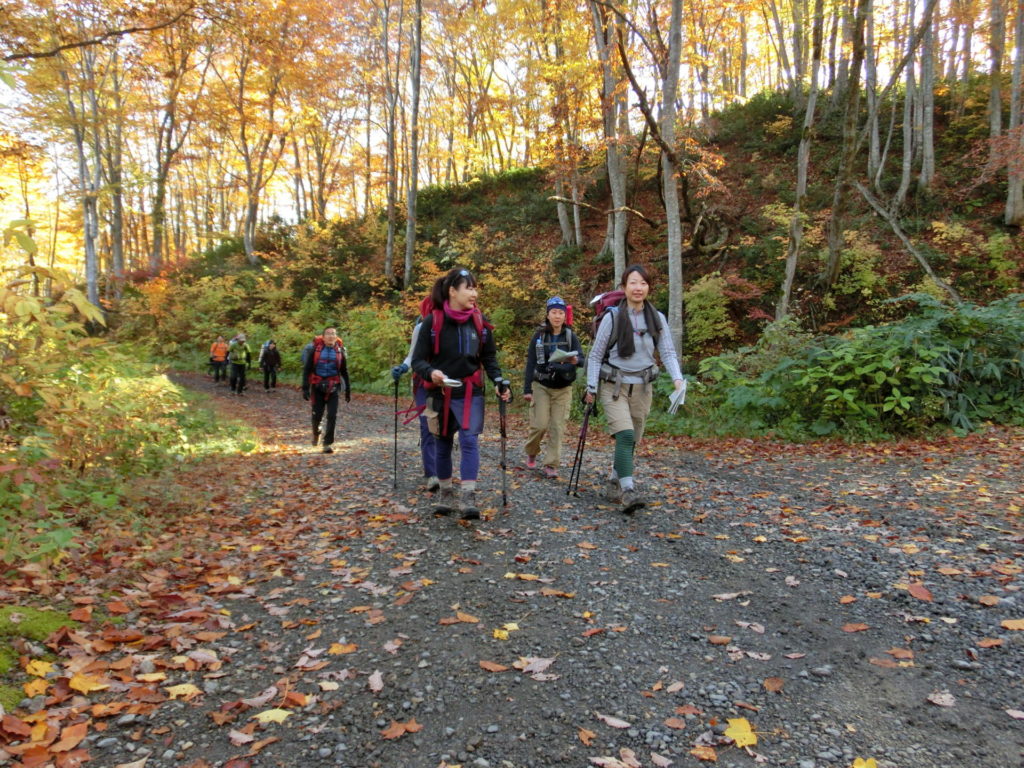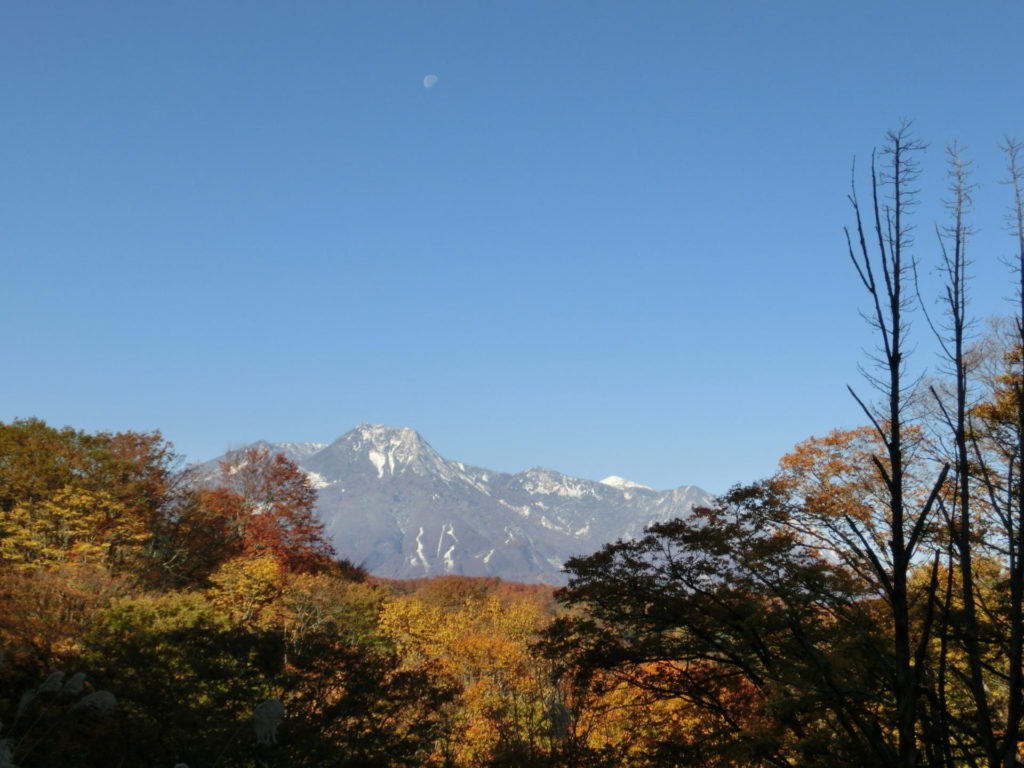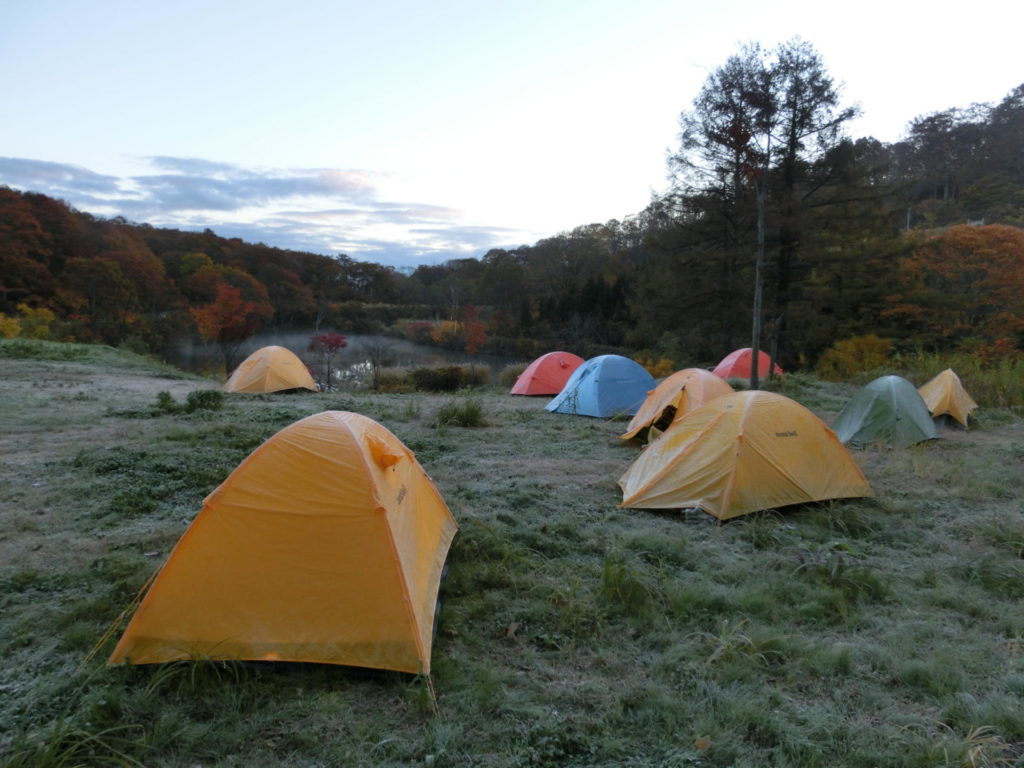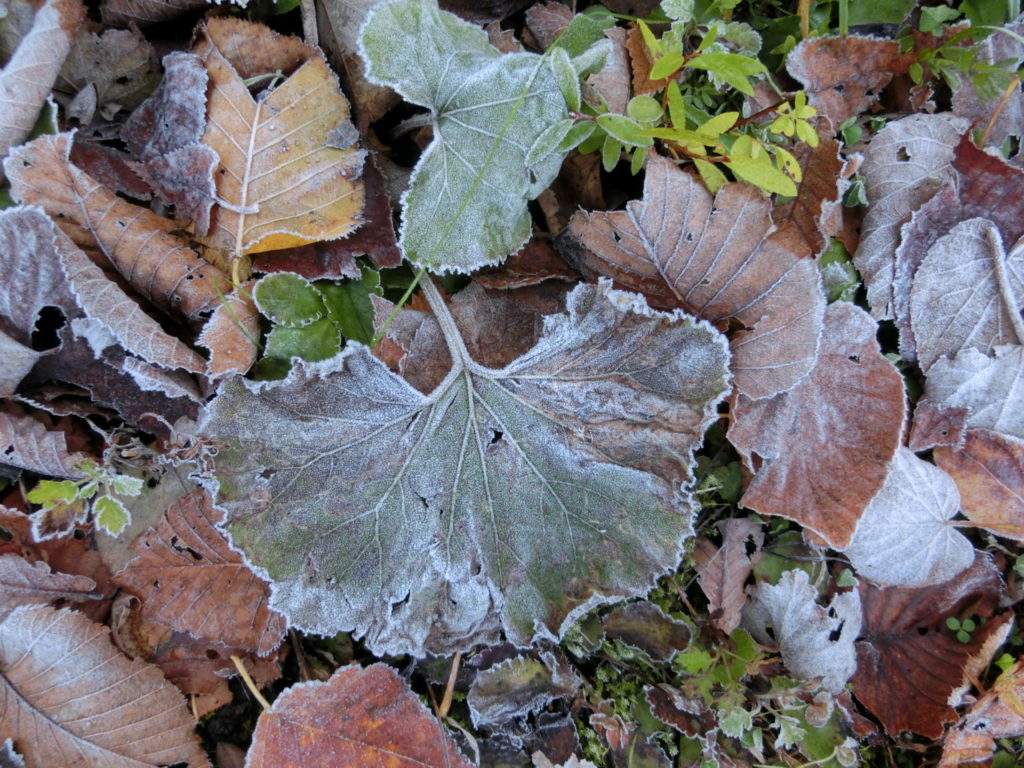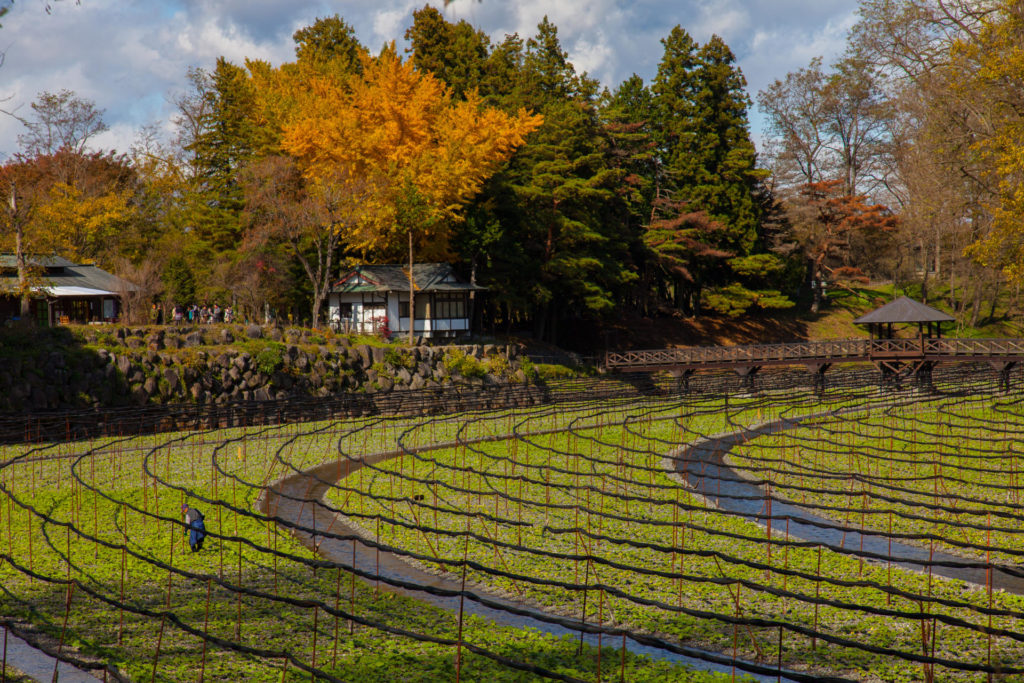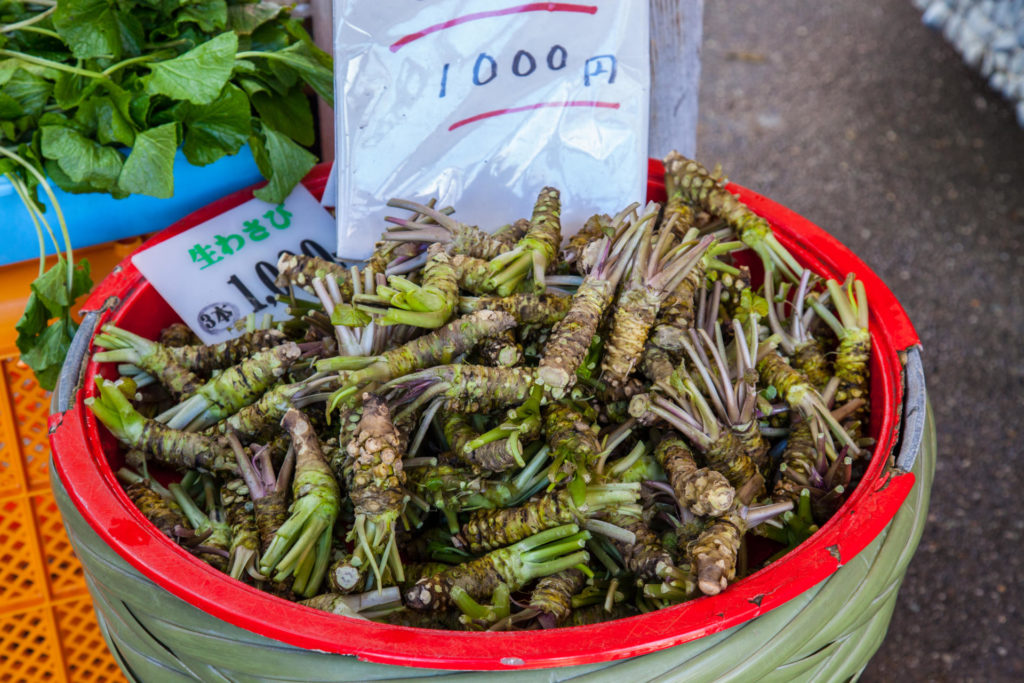The word for “hiking” in Japanese is “tozan”(登山)which literally means “to climb a mountain.” As the word suggests, the lofty goal for most hikers in Japan is to get to the top of the mountain. However, while peak-hunting is still very popular, there’s been a shift taking place over the past few years toward what the Japanese refer to as the “Long Trail”(ロングトレイル).
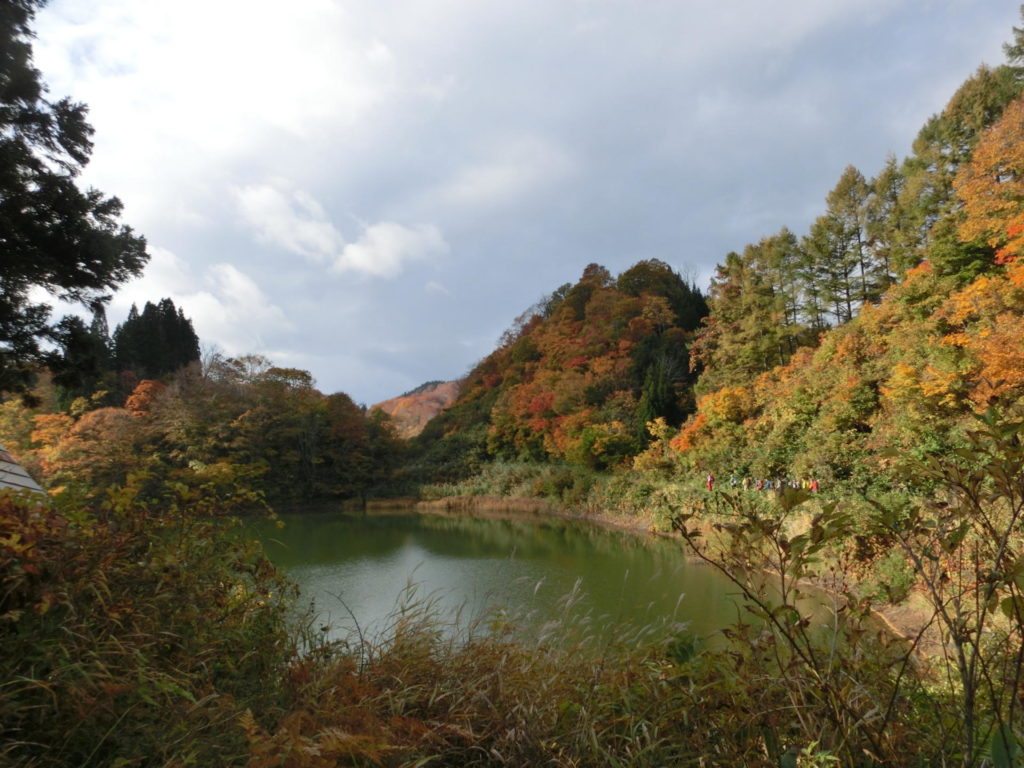
What exactly is a “Long Trail?” Basically, it’s any continuously long-distance hiking trail. In English, the term “thru hiking” is often used, and it refers to hikers who complete long distance trails from end-to-end in a single trip.
The Appalachian Trail, Pacific Crest Trail and Continental Divide Trail were the first three long-distance trails in the U.S. and form what is known as the Triple Crown of long distance hiking in the United States. The trails span thousands of miles.
The Pacific Crest Trail (4,286 km. / 2,663 miles) starts at the Canada-U.S. border and goes all the way to the U.S.-Mexico border. The Appalachian Trail (approx. 3,500 km./ 2,200 miles) unofficially continues into Canada, and the Continental Divide Trail (5,000 km. / 3,100 miles) also runs between Mexico and Canada following the Continental Divide of the Americas along the Rocky Mountains.
In Japan, however, this concept is just starting to take hold as local organizations work toward connecting the myriad of footpaths in their respective areas in a grand effort to create continuous “long trails.” One of the first and most famous “long trails” in Japan is the 80-kilometer Shinetsu Trail which runs along the boundary of Niigata and Nagano prefectures. The trail follows the ridgeline of the Sekita Mountain Range (関田山脈), taking hikers through beautiful beech tree forests, lush wetlands and ridge tops that open to stunning vistas of the valley below.
The area is also steeped in history, as many of the mountain passes cutting across the trail were once vital lifelines connecting villages. In the days before cars, roads and telephones, villagers used these paths on a daily basis for work, travel and communication. Today, asphalt roads and highways connect the towns and villages, and the Shinetsu Trail is no longer used as a main transportation route, but its diverse landscape can be enjoyed hiking it from end to end.
In the U.S., not everyone can commit several months or more to thru hiking these classic trails, so often people make several trips to complete the entire trail, known as “section hiking.” The Shinetsu Trail is best done as a thru-hike, but it is split into six sections (from south to north), so it’s also possible to day-hike sections of the trail as well.
TRAIL TIPS
The Shinetsu Trail can be done as a thru-hike or, if you prefer, in bits and pieces in any order. Hiking it as a series of day hikes is probably the easiest way to tackle the Shinetsu Trail. If you can cover one or two sections a day, you should be able to complete the entire 80 km. in five or six days. Depending on your schedule, you can start from either end or somewhere in between.
When to Hike: The Shinetsu Trail is buried under eight meters of snow for nearly half the year. In particular, the region near Section 6 has experienced some of the heaviest snowfalls in Japan. The best season to hike is in June (although there will still be some snow remaining) and during the fall season from the end of September through early November. The summer season (July, August and early September) can be quite hot and humid, so shorter day hikes along the trail are recommended during these months.
Backpacking: Starting in 2012, campsites were opened for those wanting to backpack the trail. There are six campsites along the way, ranging from very rustic (no running water) to comfortable (hot showers and cooking sites available). While the trails are not technically difficult, the walking distances between the campsites are long, particularly between sections 4 to 6, so you’ll need to make sure you’re fit enough to hike long 8-to-10-hour days with a heavy backpack.
Access to Trailheads: Trailheads can be accessed by car so, if you go with friends, leave a car at each trailhead. If you only have one vehicle, there’s a “my-car” service where you can arrange to have your car driven to the next trailhead. If you don’t have your own car, there are “pensions” (Japanese style inns) which offer pick-up and drop-off services to and from the trailheads. Be aware, there are no mountain huts or accommodations along the trail. (Refer to the official Shinetsu Trail website for the most recent information).
Dangers: There are bears in the area, so make sure to bring a bear bell with you.
Badge of Honor: After successfully completing the entire 80-km. trail, you’ll be eligible to sign up to receive a “Shinetsu Trail Completion Certificate” as proof of your endeavor. Just report the sections you walked and dates via the official website and pay the service/postal charge to receive your official completion certificate and completion badge
Web Connection: Shinetsu Trail Website
Official Shinetsu Trail Guidebook & Maps: There’s an official Shinetsu Trail guidebook offering a wealth of information about the trail. It can be purchased at the local tourist offices as well as online. There are also maps (three maps) of the entire course available for purchase. Let’s walk the Shinetsu Trail (信越を歩こう! 公式ガイドブック). See the official Shinetsu Trail Web site for more information.
